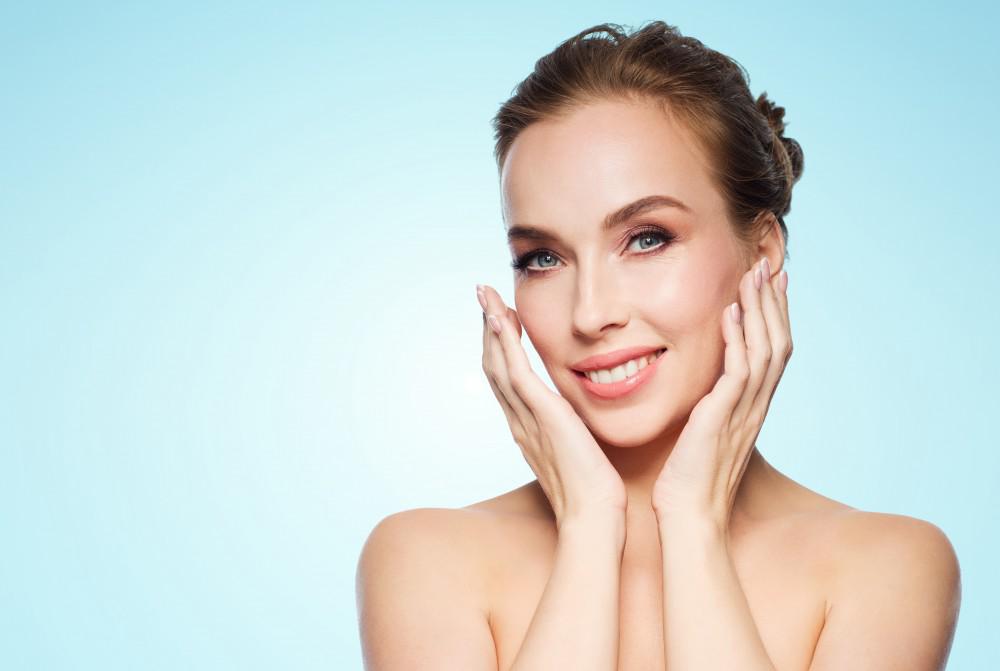Your face is often the first thing people notice about you. And if your cheeks are continually blush-red, it’s easy to feel self-conscious.
While some amount of redness in your cheeks is considered a sign of beauty or vitality, ongoing or severe symptoms may indicate a medical condition that needs treatment.
At Northstar Dermatology in North Richland Hills, Texas, our expert team of board-certified dermatologists provides skin care for all complexions, including those affected by symptoms like perpetual redness.
Let’s delve into that redness, including common causes and what to do next.
Why cheeks turn red
Rosy cheeks can happen for a range of reasons. When you’re outdoors in cold weather, for example, your blood vessels widen to let more blood into your face, leading to that redness. Embarrassment can bring on similar redness, in the form of blushing. The same goes for flushing associated with menopausal hot flashes.
But if your cheeks continually turn or stay red for some time, you may be dealing with a medical condition, such as a rash, dermatitis, psoriasis, or a sunburn. A particularly common cause of chronic red cheeks is rosacea.
Signs your red cheeks are from rosacea
Rosacea causes chronic inflammation of your skin. And while it can affect your chest and back as well, rosacea most commonly affects the face.
In addition to redness, different types of rosacea may bring on such symptoms as acne-like pimples, bumpy or thickened skin, swollen eyes, and eye sensitivity to light.
If you only experience flushing, redness, and visible blood vessels on your nose and cheeks, you may be dealing with the type known as erythematotelangiectatic rosacea.
What to do about your red cheeks
If you’re bothered by redness in your cheeks, with or without additional symptoms, we can help determine the underlying cause and recommend treatment.
If we diagnose rosacea, your treatment may include:
- Pinpointing your rosacea triggers so you can avoid them
- Protecting your skin from the sun
- Switching to gentler skin care products
- Taking oral drugs, such as acne medication or antibiotics
- Applying topical medications
- Undergoing laser therapy
You may also benefit from gentler skin care habits. Rather than scrubbing your face, for example, apply cleanser by moving your fingertips in a circular motion. Then rinse your face with lukewarm water and pat it dry with a cotton towel.
To learn more about cheek redness or to get the rosacea care you need, call our office or request an appointment through our website link today.





